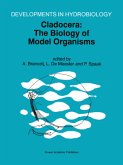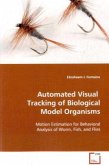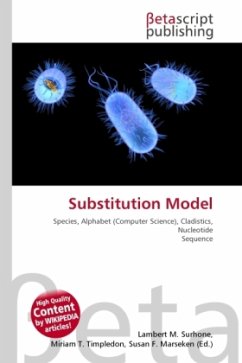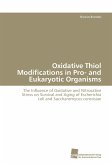Please note that the content of this book primarily consists of articles available from Wikipedia or other free sources online. The history of model organisms began with the idea that certain organisms can be studied and used to gain knowledge of other organisms or as a control (ideal) for other organisms of the same species. Model organisms offer standards that serve as the authorized basis for comparison of other organisms. Model organisms are made standard by limiting genetic variance, creating, hopefully, this broad applicability to other organisms. The idea of the model organism first took roots in the middle of the 19th century with the work of men like Charles Darwin and Gregor Mendel and their respective work on natural selection and the genetics of heredity. These early works in finding standards to compare organisms against continued into the 20th century as the first model organisms were brought into laboratories. Beginning in the early 1900''s Drosophila entered the research laboratories and opened up the doors for other model organisms like Tobacco mosaic virus, E. coli, C57BL/6 (lab mice), etc.
Bitte wählen Sie Ihr Anliegen aus.
Rechnungen
Retourenschein anfordern
Bestellstatus
Storno








